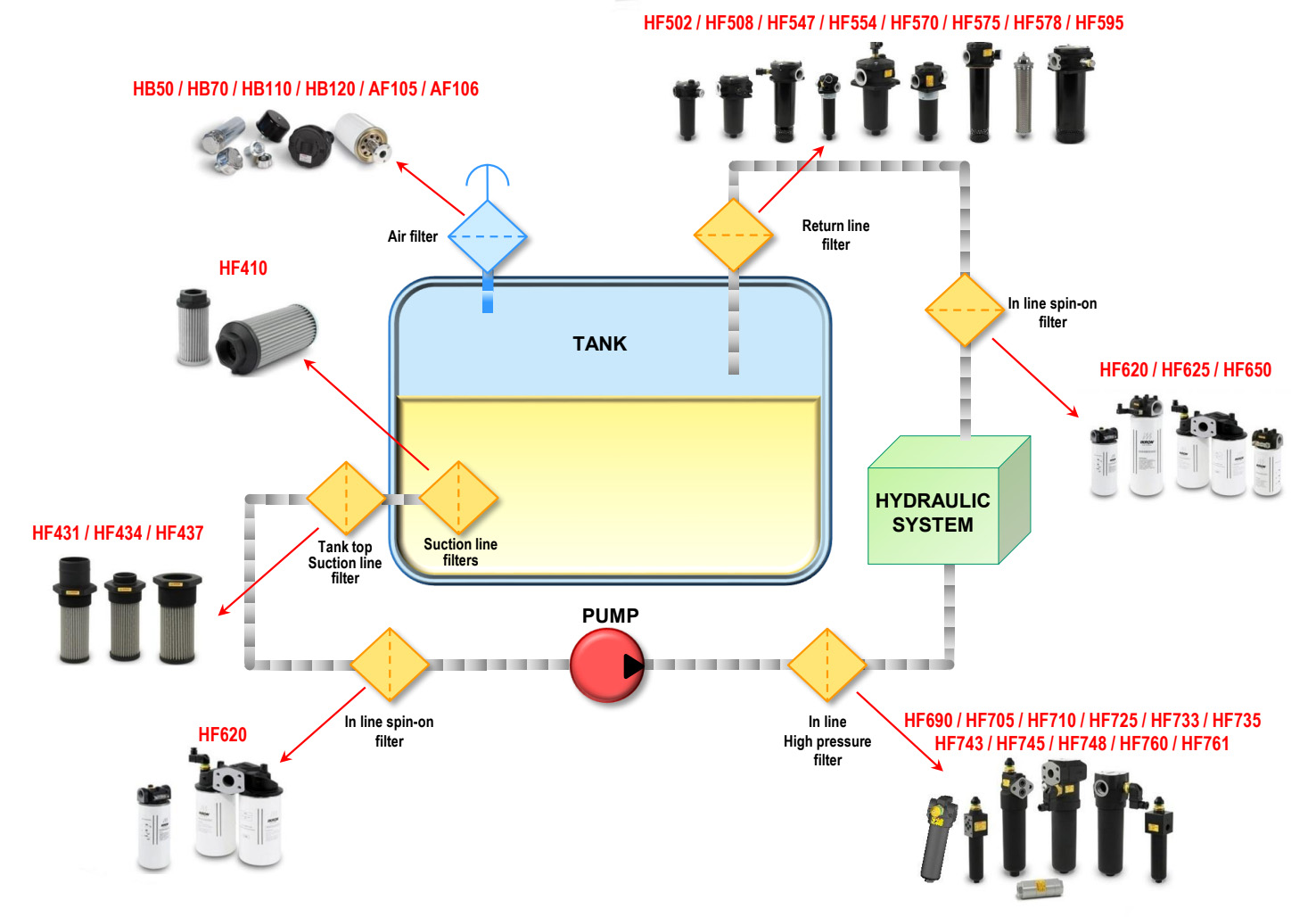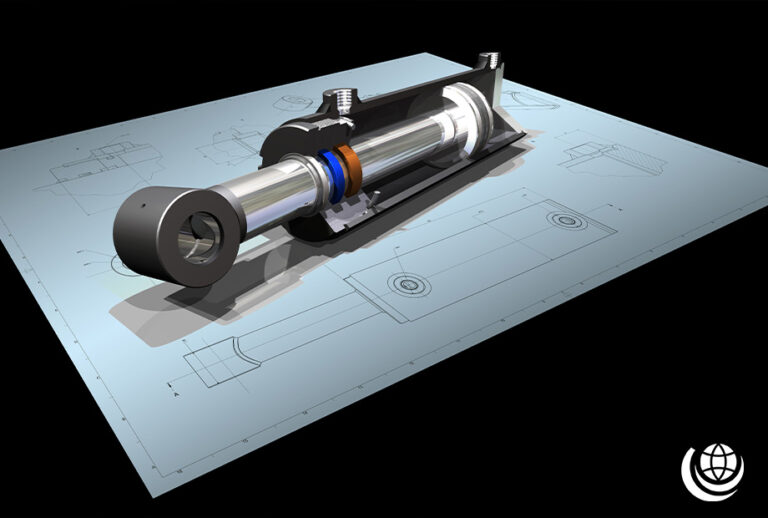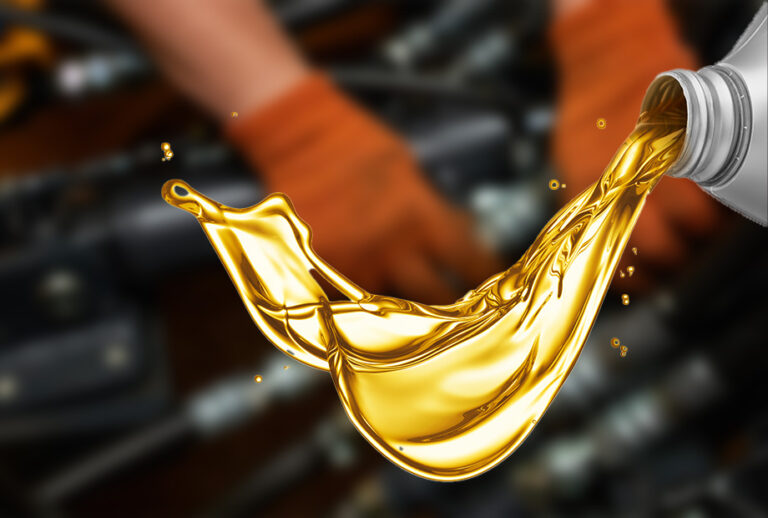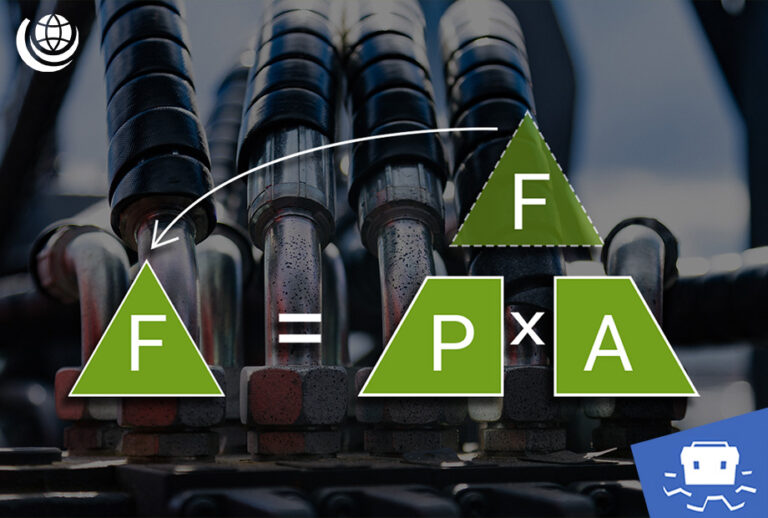Hydraulic filter media play a critical role in system performance, contamination control, and component longevity…
Produced in collaboration with Ikron Fluid Filtration, this guide explores the key types of hydraulic filter media, their characteristics, and how to select the right one for your application.
Let’s get straight to it…

Hydraulic Filter Sizing: A Step-by-Step Guide
Before you size a hydraulic filter it is essential to define the filtration degree required – this sets the standard for contamination control and influences every choice that follows.
Step 1: Determine the Required Filtration Degree
Start by identifying the filtration rating your system must achieve to meet the cleanliness standards of critical components. Decontamination efficiency is directly related to the media and filter design selected, and must be matched to the ISO contamination class recommended by the component manufacturer.
Use the reference table (right) as an initial guide to match equipment sensitivity with appropriate IKRON filtration grades.
Step 2: Determine Filter Positioning in the Hydraulic Circuit
Next, establish the filter’s position in your hydraulic system. Whether placed in the suction, pressure, return, or off-line loop, its location directly affects media selection and housing design.
Refer to the diagram below for typical placements and flow direction.


Step 3: Calculate System Flow Rate
Accurately calculate the maximum flow rate the filter will need to handle, taking into account both continuous and peak operating conditions. This ensures proper sizing of the filter element and housing, and avoids performance issues caused by undersized components.
Step 4: Confirm Filter Compatibility and Performance
With location and flow known, finalise the filter selection by evaluating:
- Fluid compatibility with seals and materials
- Maximum operating pressure of the circuit
- Pressure drop at rated flow, ensuring system efficiency isn’t compromised
Together, these parameters help ensure long-term reliability, effective contamination control, and optimal system performance.
Inside the Filter: Comparing Common Hydraulic Filter Media
Stainless Steel Wire Mesh
Stainless steel wire mesh is typically used in suction line filtration and for high-viscosity fluids. Its rigid structure makes it ideal for coarse filtration where durability is essential.
- Applications: Suction lines, viscous fluids
- Characteristics: Robust, cleanable, reusable
- Available grades: IKRON offers four filtration degrees, as follows: 25 μm – MI025 | 60 μm – MI060 | 125 μm – MI125 | 250 μm – MI250

Cellulose
Cellulose media is composed of non-uniform fibres, making it suitable for nominal filtration rather than absolute. It’s commonly used in return lines, where moderate filtration is sufficient.
- Efficiency: ~50% (βx ≥ 2)
- Applications: Return line filtration
- Construction: Reinforced with epoxy mesh to maintain pleat integrity
- Available grades: IKRON has two filtration degrees, coded as follows: 10 μm – RP010 | 25 μm – RP025

Microfibre Glass
Microfibre glass is considered the premium filter media in hydraulic systems. Its stable fibre structure enables absolute filtration and supports low contamination classes.
- Efficiency: Up to 99.5% (βx ≥ 200)
- Applications: Pressure and return lines (not suitable for suction due to cavitation risk)
- Construction: Reinforced on both sides with epoxy mesh
- Available grades: Five filtration degrees from IKRON: 3 μm – FG003 | 6 μm – FG006 | 10 μm – FG010 | 16 μm – FG016 | 25 μm – FG025

Trusted by customers in over 130 countries, we deliver a comprehensive range of hydraulic brands and components – with unbiased technical expertise and tailored solutions that work. Every time.
Discover more Free Educational Content from our Fluid Power Technical Knowledge Hub…
The Vital Role of Hydraulic Cylinder Seals
Hydraulic cylinder seals may be small -but their impact is anything but. Essential wherever components meet fluid, these seals convert liquid power into precise linear motion, keeping systems efficient, reliable, and leak-free.
Explore their vital role in hydraulic performance.
Learn MoreThe Ultimate Hydraulic Oil Guide
Hydraulic oil does more than transmit power – it protects, cools, and keeps systems running smoothly. With multiple types available and maintenance essential, choosing the right oil is key to performance and reliability.
Read the full guide to learn how to select, check, and maintain your hydraulic oil.
Learn MoreAn Introduction to Hydraulic Pressure and Flow
Understanding fluid dynamics is essential for designing and maintaining hydraulic systems.
One of the first principles to grasp is flow – how fluid movement is measured and controlled to generate pressure, transmit energy, and drive motion.
Learn how pressure and flow shape hydraulic performance
Learn More





